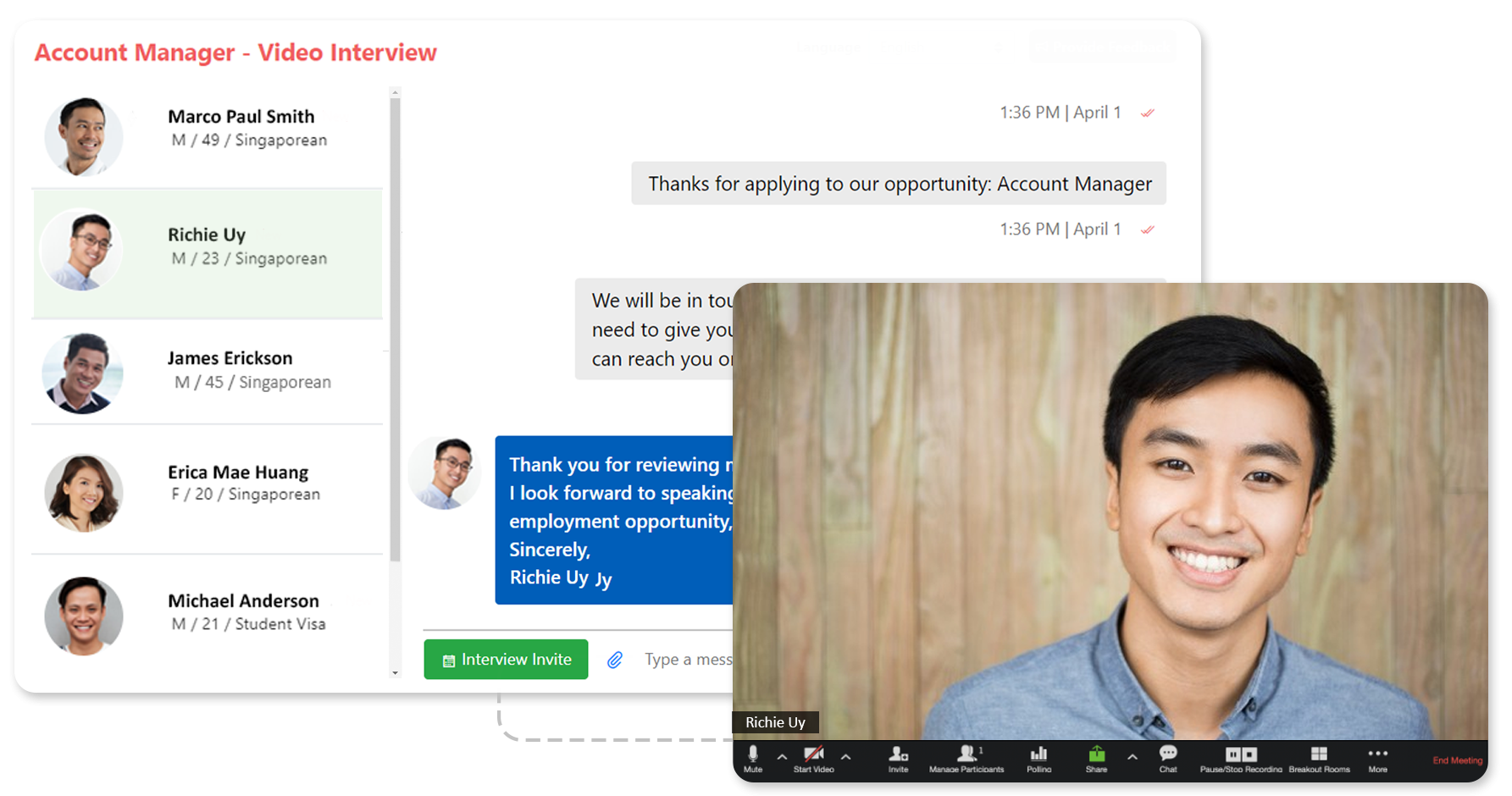Most recruitment platforms claim to offer effortless job posting, quality job seekers, and an easy-to-use job portal. However, as we all know, this isn’t the case in reality. From sourcing to screening and interviewing, roadblocks are always present to make a straightforward hiring process into a complicated mess of CVs within the portal.
Here are three myths that we’ve encountered in the realm of recruiting:

Myth #1: The number of active applicants is proportional to the age of the recruitment platform
When you sign up with a platform, especially an established job portal, the benefits always include the promise of a trove of ready job seekers, just waiting to apply to your job posting. After all, they’ve been in business for so many years, which means that millions of job applicants must have gone through their platforms and signed up as users!
However, in reality, many of these job seekers aren’t even active users on the platform anymore. Many years of operations would inevitably lead to years of data, much of which isn’t accurate anymore. Job applicants also tend to leave outdated information when it comes to their job experience and their job seeking preferences, providing a false reading of the potential number of candidates on the portal. Applicants would seemingly indicate interest through occasionally opening an email from the job portal, or logging into their account once a year, but that doesn’t mean that they’re still actively looking. Job portals should constantly work on engaging and re-engaging their users to ensure that information is updated.
In the end, the age of job portals isn’t proportional to the number of applicants you’ll have for your job posting. In fact, they tend to be inversely proportional; the older the job portal, the less qualified candidates you’re going to get.
Myth #2: A larger number of applicants equals more qualified candidates
Speaking of qualified applicants, most recruiters think that a larger applicant pool means a higher chance of a needle in a haystack. While this can be true, it is also often false. Let us explain.
Applicants tend to go to specific job portals for specific roles. High-volume recruitment, for example, favor our own state-of-the-art GrabJobs portal, or others that target part-timers. When it comes to executive-level recruitment, though, applicants would go to sites such as LinkedIn, where they can network while applying for roles.
As a recruiter, there’s a need to pick the correct job boards and job portals for your postings. If you’re always posting on the same platforms regardless of the role, you’re bound to get a lot of unqualified applicants. That will waste your time and effort as you have to screen out a large number of them.
However, if your job ad is correctly posted on portals which target applicants you’re looking for, you can get a high ratio of qualified candidates without posting on recruitment platforms.
Myth #3: No-show rates are unavoidable
Interviews are a tricky situation to maneuver, since there’s a need to schedule time to speak on the phone, and, if needed, meet in person. That means coordinating time slots between, at least, two people: you and the applicant.
If you’re hiring a few part-timers for an event, though, that process will have to be repeated across multiple shortlisted candidates. Regardless of how you plan and schedule the interview time, though, there’s always a chance of the candidate being a no-show. This is particularly prevalent in cases of high-volume recruitment, where candidates find no remorse in not turning up for an interview if another opportunity pops up.
So, how do you get around this? You automate your interview process as well as you can, and you use precautions. What this means is that you ensure you don’t spend days trying to schedule interviews with people who might not turn up. Automating your interview process through an interview scheduler will help immensely, as will the use of reminders sent to the candidate a day in advance to confirm the interview. If they don’t reply or confirm the interview, you can then anticipate a cancellation, and plan your time accordingly.
Do you know of any other common myths about recruitment platforms? If you do, comment them and share your techniques below!
For a more in-depth guide, check out our Ultimate Recruitment Guide 2020!























